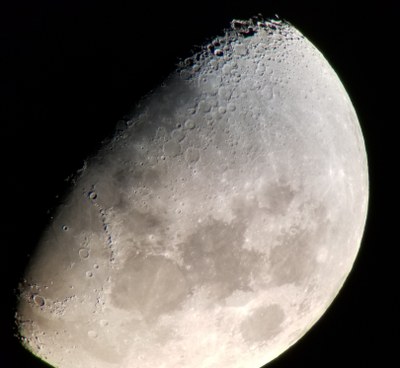
Lecture: The Night Sky and Astronomy
Introduction to The Night Sky and Astronomy - Mountaineers Seattle Program Center
The first lecture will focus on dark sky etiquette and an orientation to the stars visible with the naked eye and binoculars.
- Tue, Aug 17, 2021
- Seattle Night Sky Committee
- Night Sky
- Adults
- For Beginners (Getting Started Series)
- FULL (12 capacity)
- Cancellation & Refund Policy
Meet at the Seattle Program Center in Magnuson Park. The workshop will begin at 8:30pm in Cascade A and Cascade B.
Students shall learn and demonstrate:
Dark sky etiquette
- The reason for using red light
- Dark vision processes and protections
- Walking and navigating in the dark
- Using other people’s gear responsibly
- When and when not to use a laser pointer, and responsible use of the laser pointer
Navigation terminology and use in astronomy
- Altitude and Azimuth style coordinates
- Right Ascension and Declination style coordinates
- See how these methods differ using known objects.
- If this course is done during the evening, then locating visible objects using
these methods will be performed.
Identification and navigation to constellations
- Understanding and using a planisphere
- What constellations are, and which are available during different times of the year, and why this changes over the year
- Using a laser pointer to trace a number of constellations (responsibly, following dark sky etiquette)
Identification and navigation to the planets
- Identification of the different planets that are viewable from the Northern
Hemisphere - Discussion of seasonality and location in the sky
- Discussion of closest approach, oppositions, and many-year cyclical nature of
altitude and angular size - The timing of different features of Jupiter and its moons
- The timing of the apparent tilt of Saturn’s rings
Use of binoculars in astronomy
- Understanding different specifications of binoculars
- Focusing and diopter use
- Using binoculars to observe asterisms and features of the Moon
Identification and navigation to asterisms
- What asterisms are, and which are available
- Using constellations and pointer starts to help navigate
- Using binoculars observe the asterisms and point them out using a laser pointer
Required Equipment
The two initial workshops that will enable Mountaineers to be certified for dark sky trips to Trips to Goldendale Sky Village for observational astronomy will require red light FOBs, Planispheres, and some instructor created content. These materials will be provided to students as part of the enrollment in the series.
Binoculars, laser pointers, telescopes, mounts, filters, and eyepieces will be used and their care taught during the workshops. These materials will be provided to the workshops, but are not to be kept by students. Students may bring their own gear from this list for use in the workshops, so long as the gear intended to be brought is approved of by the instructor ahead of time.
